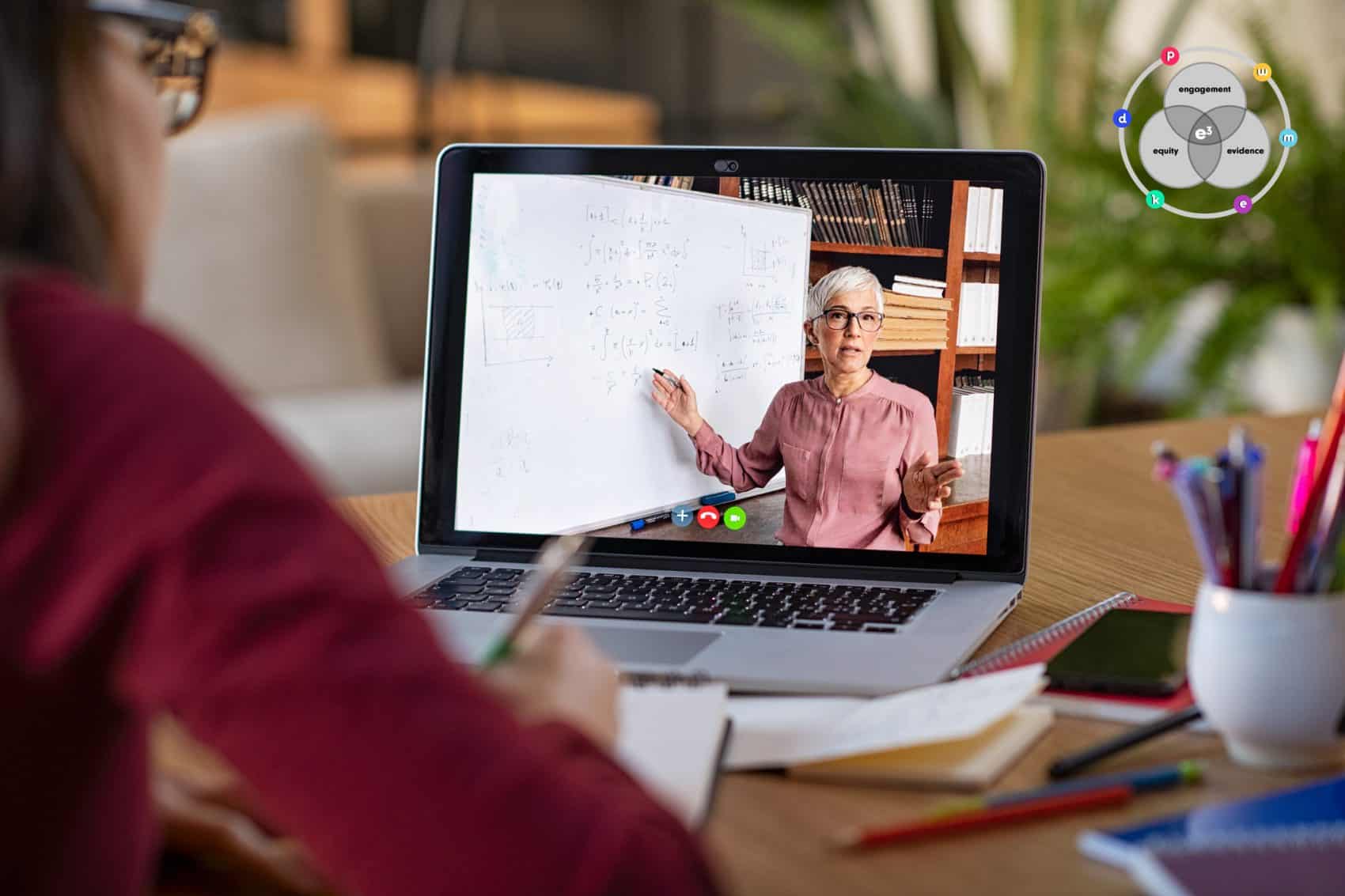This article discusses the future of remote learning, exploring the impact of technological advancements and the COVID-19 pandemic on education. It highlights the benefits and challenges of remote learning and provides insights into how educators and students can leverage this mode of learning to improve education.
The world of education has undergone a significant transformation over the last few years, and the COVID-19 pandemic has accelerated this transformation even further. One of the most significant changes is the widespread adoption of remote learning.
The shift to distance learning has been driven by the need to provide students with a flexible and accessible way to learn. As the pandemic continues to impact our daily lives, the importance of remote learning has become more evident.
However, remote learning is not just a temporary solution. Instead, it represents a fundamental shift in the way we think about education. In this article, we will explore the future of remote learning, its benefits, and its challenges.
The Benefits of Remote Learning
Remote learning has many benefits for both educators and students. One of the most significant benefits is its flexibility. Remote learning allows students to access educational content at any time and from anywhere.

This flexibility means that students can learn at their own pace, which is particularly beneficial for those who struggle with traditional classroom settings. Additionally, distance learning provides access to a broader range of educational resources, including online textbooks, videos, and other multimedia content.
Another benefit of distance learning is that it enables educators to deliver personalized learning experiences. With distance learning, educators can use technology to create customized learning plans based on each student’s needs and abilities. This approach can lead to more effective learning outcomes and better student engagement.
Remote learning also has environmental benefits. It reduces the need for students to travel to and from school, which can help to reduce carbon emissions. Additionally, remote learning can help to reduce the cost of education, as it eliminates the need for physical classroom spaces and reduces the need for textbooks and other materials.
The Challenges of Remote Learning
Despite the many benefits of distance learning, it also poses several challenges. One of the most significant challenges is the digital divide. Not all students have access to the technology required for distance learning, which can create a significant disadvantage. This issue is particularly prevalent in lower-income communities and in rural areas, where internet access may be limited.
Another challenge of distance learning is that it can be isolating for students. Students may miss out on the social interaction and support that comes with being in a physical classroom. This isolation can be particularly challenging for students who thrive on social interaction or who may be struggling with mental health issues.
Another challenge of distance learning is that it requires significant self-discipline and motivation from students. Without the structure and support of a physical classroom, students may find it challenging to stay focused and motivated.
The Future of Remote Learning
Despite the challenges of remote learning, it is clear that it will continue to play a significant role in the future of education. Technological advancements, such as artificial intelligence and virtual reality, are likely to further enhance the effectiveness of remote learning.
For example, virtual reality technology could enable students to experience immersive learning environments, which could be particularly useful for subjects such as science and history.
Another trend that is likely to shape the future of distance learning is the use of data analytics. With remote learning, it is possible to collect a vast amount of data about students’ learning behaviors and preferences. This data can be used to create personalized learning plans, identify areas where students may be struggling, and improve the overall effectiveness of education.
The Importance of Supporting Students in Remote Learning
As distance learning becomes increasingly prevalent, it is essential to provide students with the support they need to succeed. This support can take many forms, including providing access to technology, offering mental health support, and creating opportunities for social interaction.
One way to support students in remote learning is by providing them with access to high-quality educational resources. This includes not only textbooks and other course materials but also online learning platforms and other digital resources. Educators can also provide students with guidance on how to navigate and make the most of these resources.
Another way to support students in remote learning is by creating opportunities for social interaction. This can include virtual classrooms and discussion forums, as well as online clubs and extracurricular activities. These activities can help students feel connected to their peers and to build a sense of community, even in a remote learning environment.
Mental health support is also crucial for students in distance learning. The isolation and lack of structure that can come with remote learning can take a toll on students’ mental health. Educators and schools can provide resources and support for students who are struggling with mental health issues, including counseling services and mental health resources.
Conclusion
Remote learning represents a significant shift in the way we think about education, and it is clear that it will continue to play an essential role in the future of education.
While there are challenges associated with remote learning, including the digital divide and the need for self-discipline and motivation, there are also many benefits. distance learning provides flexibility, personalized learning experiences, and access to a wide range of educational resources.
As we look to the future of distance learning, it is essential to provide students with the support they need to succeed. This includes access to technology, opportunities for social interaction, and mental health support. By embracing the potential of remote learning and providing students with the support they need, we can create a more effective and accessible education system for all students.